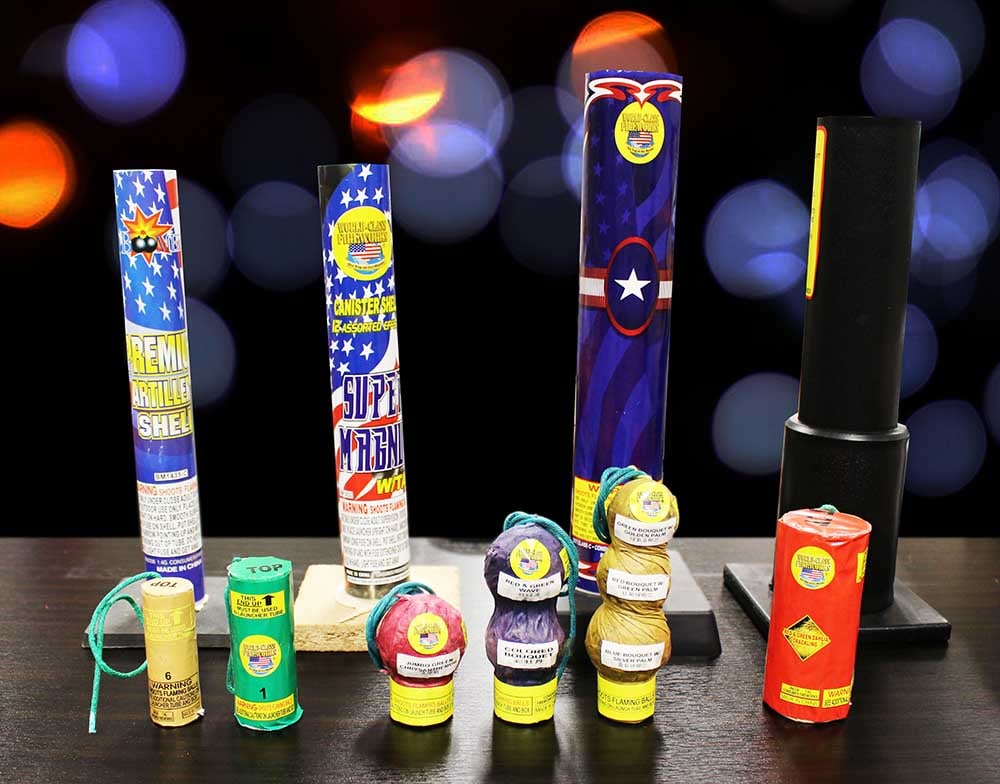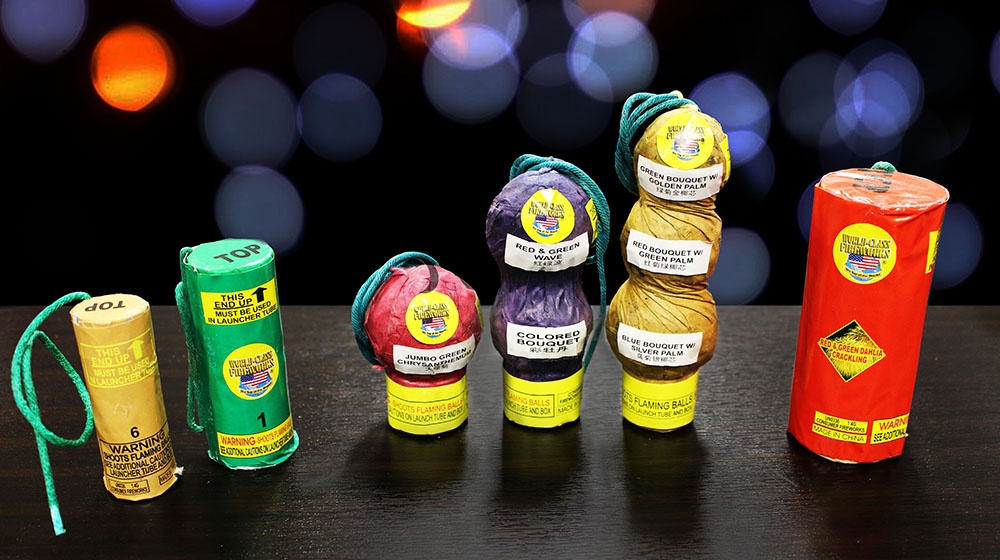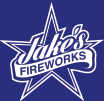When it comes to artillery shells there are often lots of questions regarding the terminology, performance, and safe use. Let's try and clear this up with some information on these subjects.
What Is An Artillery Shell?
Typically that are ball or canister shaped cardboard/paper filled with pyrotechnic composition (the effects and color). On the bottom of the shell is a lift charge that propels the shell into the air, that is attached to a long fuse. Artillery shells come with a tube that is used to place the shell. Tube are made from various materials including cardboard, fiberglass, and the best are made from HDPE with a reinforced ring at the base.
Performance
Artillery shells can have various effects and multiple breaks. They come in various strengths depending on the desired effects. The most powerful artillery shell available in consumer fireworks is a 60 gram canister shell - you may know it as the Excalibur firework. There are also smaller ball and canister shells that have unique effects and vibrant colors. On the smaller end of the scale you will find the 515b shells which are very affordable and still provide a nice color break high into the sky. That is the great advantage of artillery shell fireworks - you can pick your desired outcome in power and effects.
Terminology
Although most commonly referred to as artillery shells, there are other names used in various regions of the country that differ and sometimes cause confusion. Here are some you may have heard: mortar shells, festival balls, canisters, ball shells, reloadable shells, onion balls. All of these terms refer to an artillery shell firework that is placed into a tube and fired as a single shot.
Safety
Artillery shell fireworks are powerful and should only be used when safety rules are followed. Here are some tips to keep you safe when using these types of fireworks:
- Wear safety glasses
- Alcohol and fireworks do not mix
- Always place the tube on a hard level surface and brace on all sides
- Never put any part of your body over the tube at anytime
- Follow the directions on the firework
- More safety tips visit our fireworks safety page





